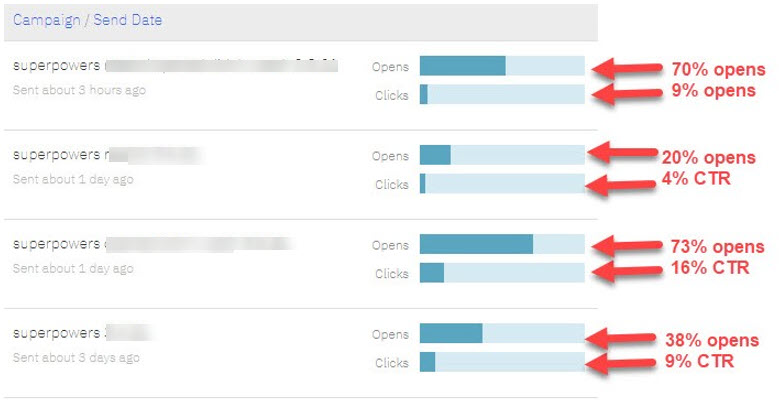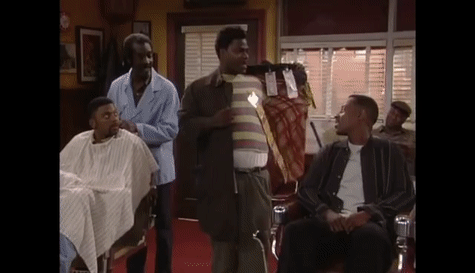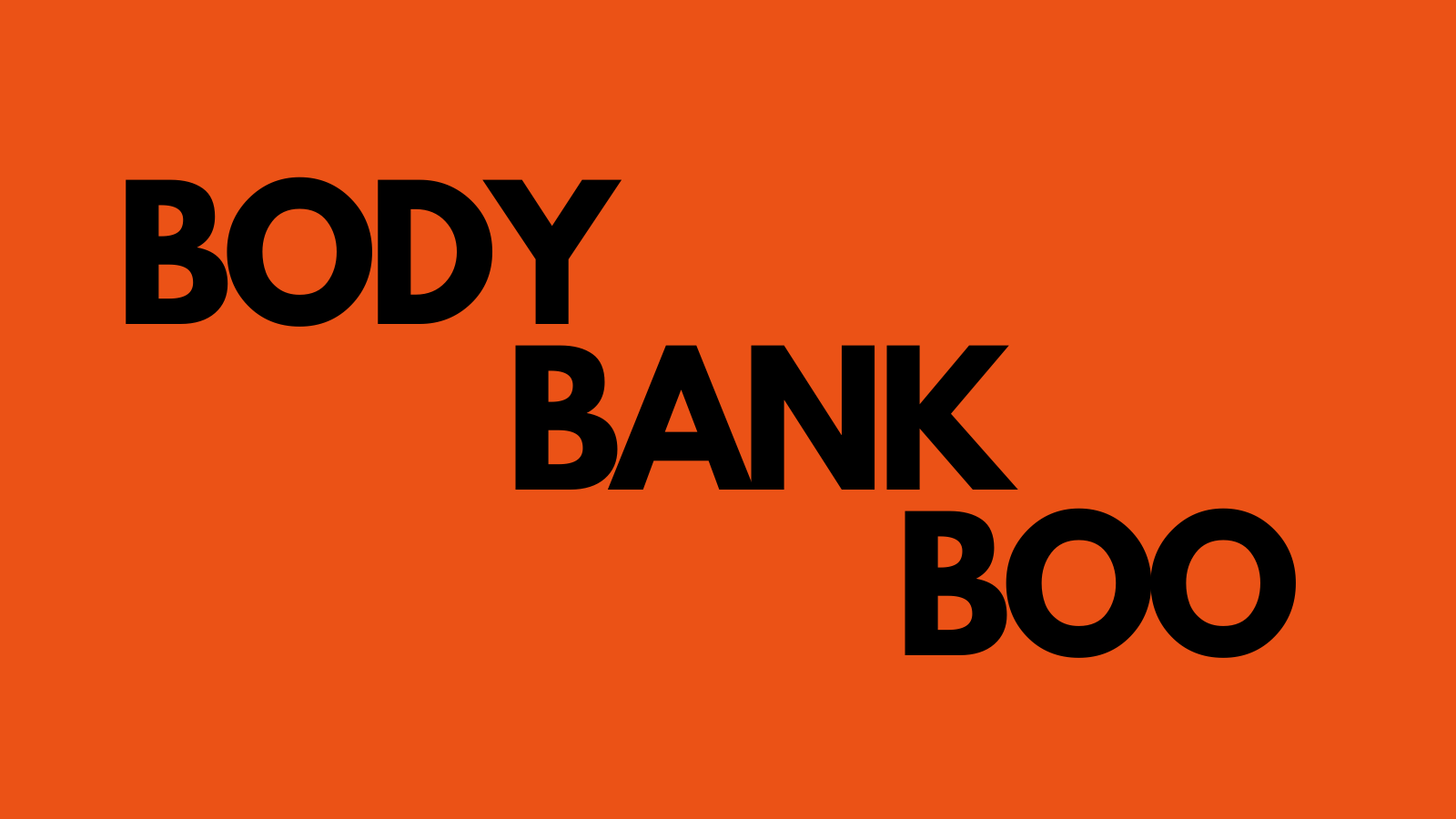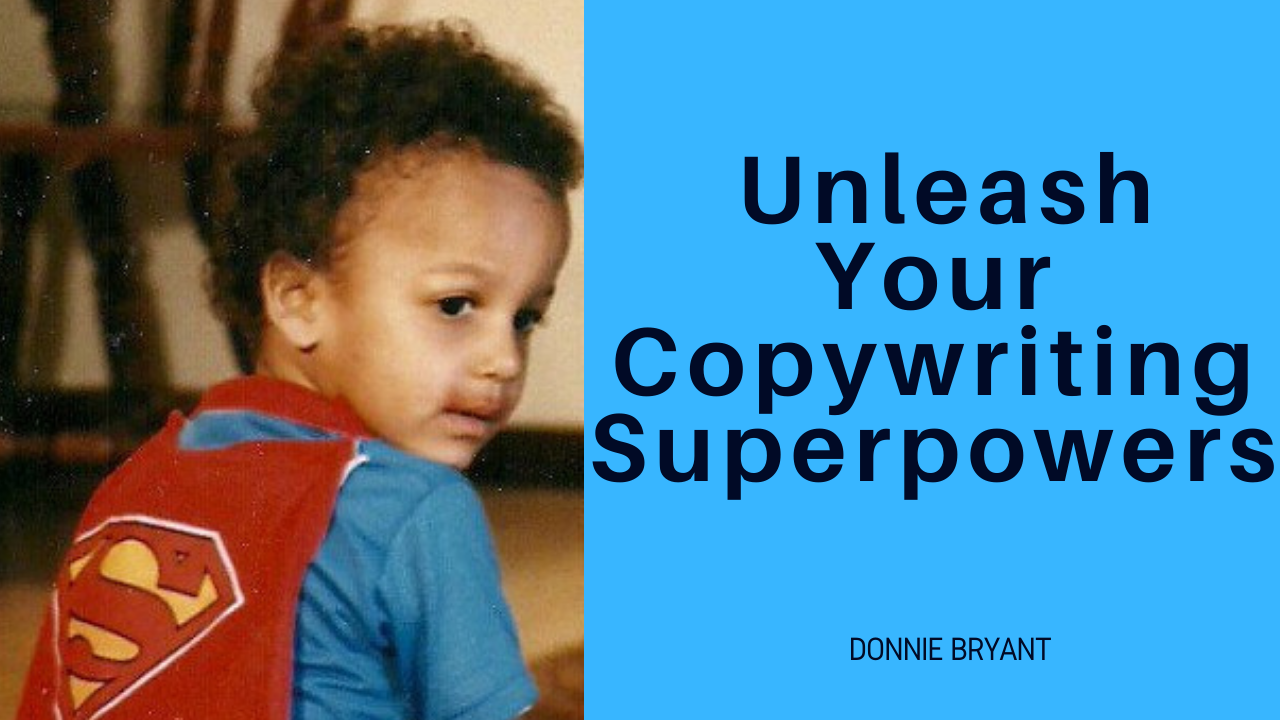People ask me this all the time…
“I haven’t consistently emailed my list for a long time. What can I do to revive folks who’ve gone cold?”
The question came up again in mastermind I do copy coaching for. A mastermind member asked how to reengage subscribers who hadn’t opened an email in 180 days or more.
I thought you might get value from the response I shared.
One note before I get to that.
As you know, most of those inactive subscribers are probably out of the picture. Make sure you’re using your best ideas on the engaged portion of your list, where you have the greatest chance of success.
That said, how do you save the small percentage of inactives you may still have a shot with?
Here’s how I normally play it:
1) Come up with the most enticing offer you can make.
Plan to send a short (2 or 3 message) sequence to the unengaged segment. I’d consider subs unengaged after 90 days.
2) Communicate the crazy offer with crazy subject lines.
As we’ve discussed around here someplace, subject lines like the following tend to get noticed and opened at a high rate:
- I’m sorry
- DANG! I messed up
- I can’t believe I let this happen
You can also try more direct, emotional subject lines like:
- Did I do something wrong?
- Do you hate me?
Or more aggressive challenge-type subject lines like:
- FirstName, should I give your spot to someone else?
- Should I take you off my list?
- I’m kicking you off my list in 48 hours
These can work like a charm. They make people mad, so you may have some blowback from that, but at least the angry folks will make a choice to reengage or get lost.
Also, specific subject lines about the offer itself, mentioning super low cost, free offer, etc. can generate lots of interest.
A recent example that worked incredibly well was
- “5.99…SERIOUSLY, FirstName?!” (It also worked with $497 as the price point.)
—> Need more subject line ideas? Check out my Subject Line of the Day videos <—
3) Again, I’d make this a 2 or 3 message sequence.
Mix up the subject lines to hit them from multiple angles: (ex. Email 1: I’m sorry; Email 2: offer-based; Email 3: you’re toast in 48 hours)
4) I’d probably ignore them after that.
I usually delete super old people from the list, but clients sometimes keep them on an inactive file for ad targeting purposes.
5) Going forward, treat people as unengaged after 60 days (90 days worst case).
Because anyone who’s ignored 2 months of consistent communication is unlikely to suddenly get re-engaged without switching up tactics (like we’re talking about in this thread).
Now…
There are a couple other tricky moves you can use, but some of them are more likely to get people’s attention for the wrong reason.
1) Try an unexpected FROM name instead of what you usually use.
There are differing opinions on this tactic. I don’t think you want to change it up all that often. It’s a solid tactic when used in moderation.
You can put the offer in the From line. A client of mine used “Your Free Book” as the From line (sending to the regular list, not unengaged) and found it boosted opens and total sales.
I’ve used the Easter Bunny…Santa Claus… my son’s name… just weird stuff to catch people off guard and generate curiosity.
Or you can try something like “Support” or “Customer Service” generically. The subscriber may think it’s more of a transactional email and pay attention as a result.
Which leads me to…
2) Use a transactional-sounding subject line.
The kind of subject lines you get from a service you subscribe to, or from your credit card company or bank.
“About Your Account” has gotten huge open rates — but if the subscriber feels like you’ve tricked him, he may not be in the buying mood.
This is a bit of a dirty trick. Use your discretion when considering rolling it out.
3) One of my best parting subject lines…
I used this one many times and it consistently performs well.
“Have you given up on this?” is a great subject line when you’re getting ready to end a promo… or the relationship with an unengaged subscriber.
It’s a bit of an ego challenge and definitely a FOMO reminder.
Stole that one from Chris Voss’ book, Never Split the Difference.
— — —
That’s it.
If these subject lines suggestions and email ideas were helpful and you’d like more content like this, check out Inbox X-Factor.
In addition to subject line templates and a weekly email calendar to save you time and effort having to come up with topics to write about…
You get video trainings to help you make your emails even more profitable.
I’m working on a brand-new video outlining my Consumption Maximization sequence, which I recently used double total click-throughs and nearly 5X total consumption of the content I wanted my list to see… with almost no additional effort.

(If you’ve been on my list since March, you were part of the experience and didn’t even know it.)
You’ll get all that and more inside Inbox X-Factor.
I could talk about email all day. But I know you have things to do, so I’ll leave you to it.
Have a productive day!








